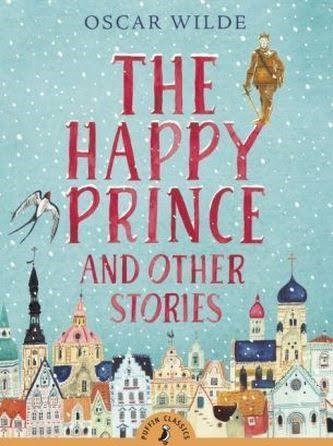
Dissemination
Title of Activity
The Selfish Giant
Description of educational activity
Duration: 90 minutes
Pupils’ age: 15-19
Organization of the class of pupils: individual work
The aim of the lesson: The aim of the lesson is to improve the reading literacy of the students. To improve their fantasy and imagination and learn the main features of three genres – horror, sci-fi, love story. Another goal is to learn about problems and their reasons between groups of people in different parts of the world.
Support materials: The text of the story. Pictures of different walls.
Activities:
- Dictogloss (garden description - 1st and 2nd paragraphs).
- Reading the original description. What kind of story could happen in this garden?
- Students choose one of the genres and rewrite the paragraphs in order to match the description of the garden to the genre: a) horror / b) sci-fi / c) love story
- Read the story. What is the main idea of the story? What is the saddest thing about the story? When does one feel like the giant?
- What could a wall symbolize in our lives?
- Look at the pictures and try to guess where the walls were/are and why they were built.
Evaluation and assessment method:
- Teacher makes sure that all the students are involved in the discussions and complete all their tasks.
- The students are also asked to write their own description of the garden matching the style of a specific genre.
Effect of the activity on RSP reading:
Practices that support students´ imagination and fantasy followed by the real historical and current affairs.
Connection to curriculum
Grade: 1 – 4 grade of secondary studies
Curriculum: The study of literature is focused on reading and comprehending literary texts of historical and cultural importance and relevancy either in the world or Czech literature. Students are taught to work with texts and information in different ways, to adopt the processes of analysis, synthesis, induction, deduction, generalization, abstraction, specification, comparison, organization, selection. The students should be able to interpret, summarize and evaluate the texts.
Knowledge:
- Develop reading fluency
- Improve reading comprehension
- Rich vocabulary describing a place
Skills:
- Use illustrations
- Distinguish reality and fantasy
- Make predictions
- Compare and contrast
- Discuss questions in a bigger group
Competences:
- Make connections between fiction and real life or personal experiences
- Be able to visualise material read
- Follow specific instructions and conventions
- Evaluate evidence
- Support and justify an opinion
Bibliographic reference to be used during the activity
Oscar Wilde
The Happy Prince and Other Stories
Publisher: Penguin Books
ISBN: 0140621377
Page count: 224
Year of issue: 1994

Digital sources
A short animated adaptation of the story: https://www.youtube.com/watch?v=btNVUWikg7M
Results
The expected outcomes of the lesson are:
- The students will be able to create a description of a place.
- To recognize the main features of the basic genres.
- To arouse interest in history and current affairs.
Recommendations
Both the teaching method and the text can help in increasing students’ interest in reading. The text is a classic fairy-tale with imaginative descriptions and a fantastic main character. The teacher monitors the students so as to make sure they cooperate effectively.
Contact
X gimnazija ''Ivan Supek''
Ul. Vjekoslava Klaića 7
10000
Zagreb
E-mail: partners@handbook4rspreaders.org











